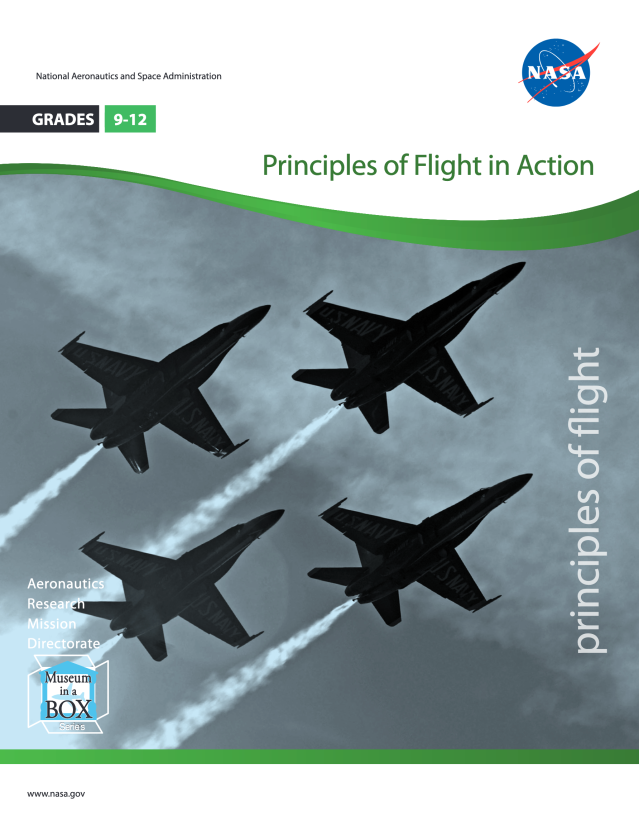
Audience
Educators
Grade Levels
Grades 9-12
Subject
Mathematics, Physical Science, Geometry, Measurement and Data Analysis, Flight and Aeronautics, Forces and Motion
Type
Lesson Plans / Activities
PRINCIPLES OF FLIGHT
Principles of Flight in Action
In the Principles of Flight in Action the first part of this activity is intended to challenge students to work together as a team to develop the best possible paper glider model to compete against other teams. The students’ options can come from a series of different designs or they may design their own. After competition, they will use their math and geometry skills to determine the surface area of both wings. In the second part of the activity, students will be instructed on the use of NASA’s FoilSim II software to determine how changes in the chord and span may provide more lift for the same amount of wing area. One last competition will determine which team has the biggest percentage of increase in lift per constant wing area.
All simulator links are hosted on the Beginners Guide to Aeronautics web site but users will need JAVA to view them. Specific simulator links for each activity are listed with the lesson plan.
Principles of Flight in Action
Grade Level: 9-12
National Science Standards Addressed:
Science:
- Abilities necessary to do scientific inquiry
- Understanding about scientific inquiry
- Motions and forces
- Objects in the sky
- Interactions of energy and matter
- Abilities of technological design
- Understanding about science and technology
- Science and technology in society
- Science as a human endeavor
- History of science
Math:
- Compute fluently and make reasonable estimates
- Understand patterns, relations, and functions
- Use mathematical models to represent and understand quantitative relationships
- Analyze change in various contexts
- Investigate, describe, and reason about the results of subdividing, combining and transforming shapes
- Use visualization, spatial reasoning, and geometric modeling to solve problems
- Understand measurable attributes of objects and the units, systems, and processes of measurement
- Apply appropriate techniques, tools, and formulas to determine measurements
- Formulate questions that can be addressed with data and collect, organize, and display, relevant data to answer them
- Select and use appropriate statistical methods to analyze data
- Problem Solving
- Reasoning and Proof
Topic: Design, geometry, surface area, wings, ratios

























